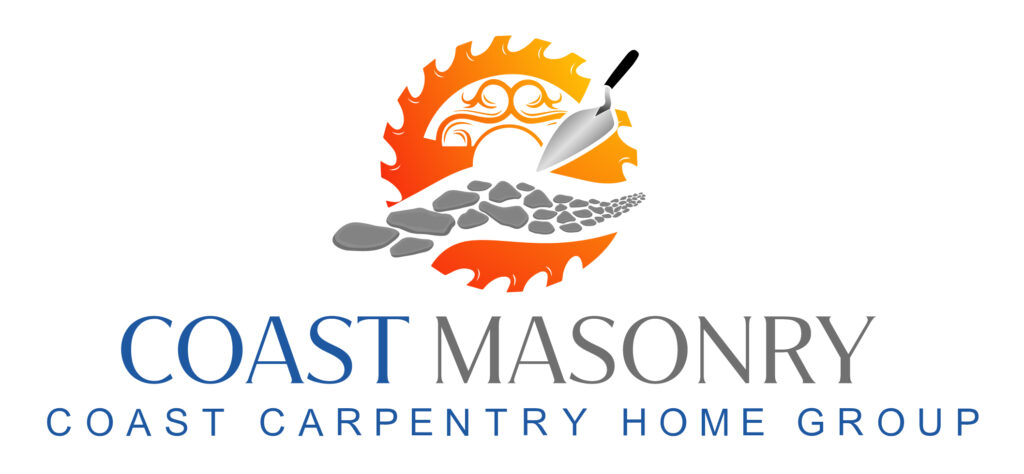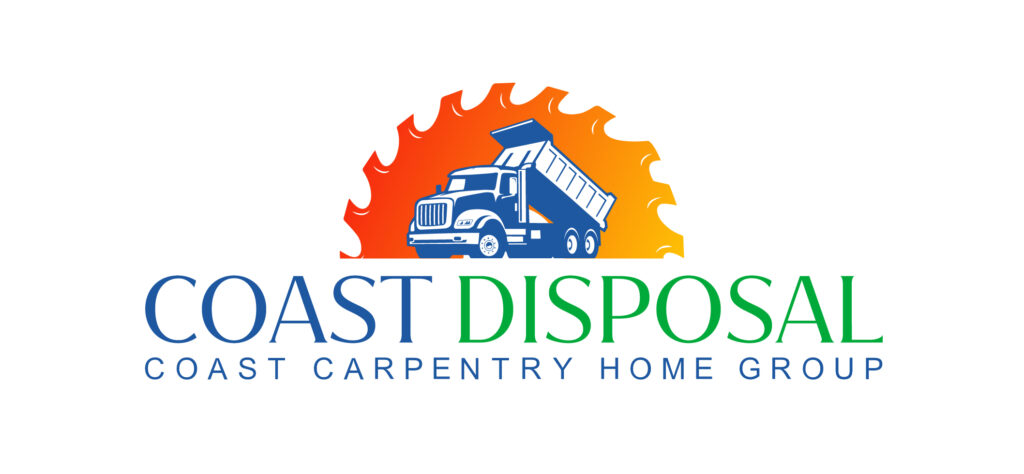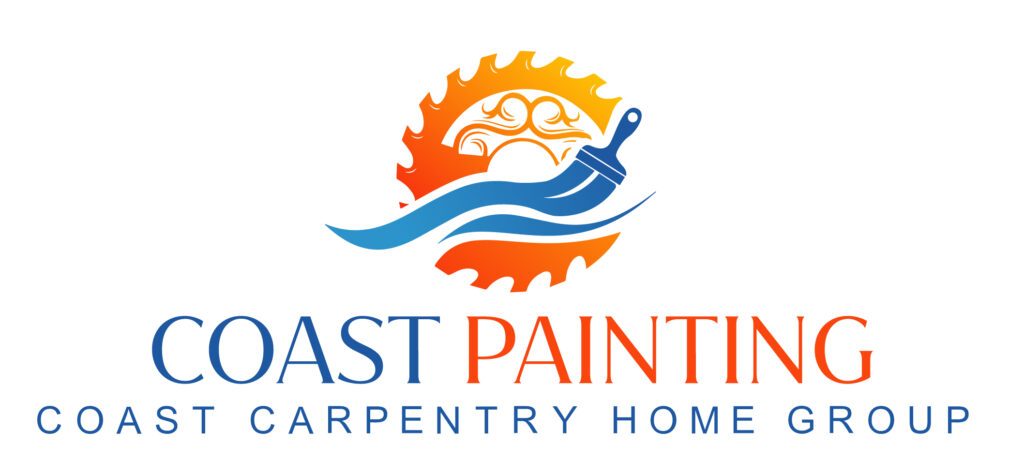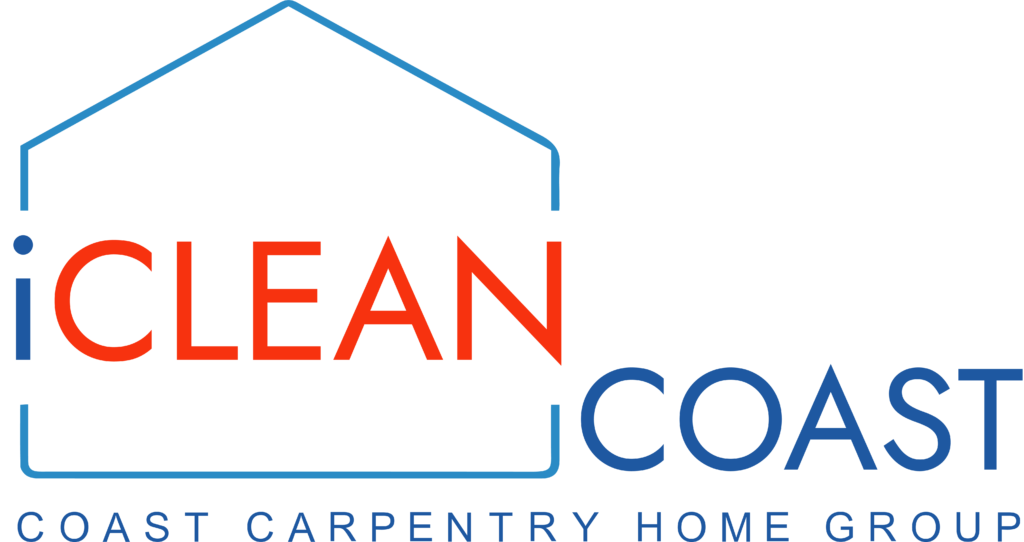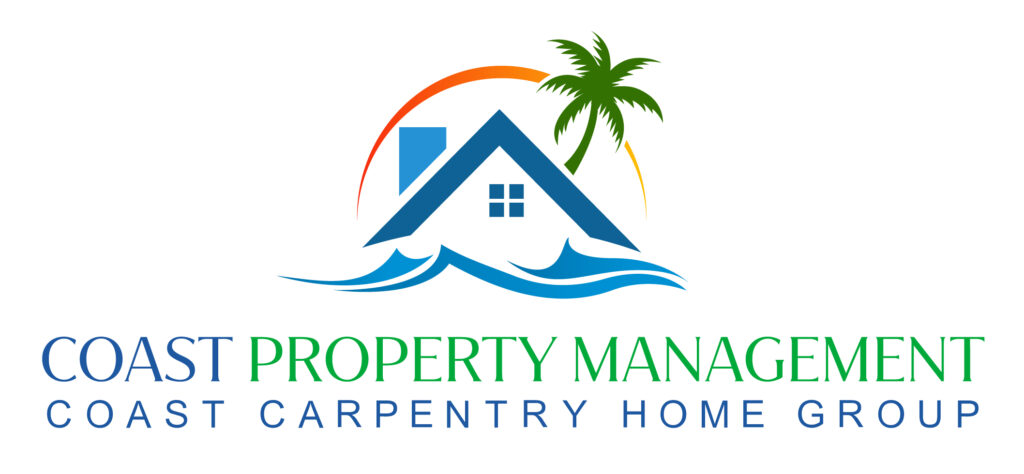Choosing the right siding for your home is more than just a matter of looks. It’s a decision that impacts your home’s energy efficiency and comfort levels. Siding acts as a protective outer layer, keeping your home insulated and weatherproof. In our ever-changing climate, finding energy-efficient options can lead to significant savings on your energy bills.
Energy-efficient siding helps keep your home warm in the winter and cool in the summer. By selecting materials designed to insulate and protect, you create a more consistent indoor environment. This not only improves comfort but also reduces the demand on your heating and cooling systems.
With many options available, picking the perfect energy-efficient siding can feel overwhelming. Understanding how siding materials work and their benefits can make this decision easier. Let’s dive into the best siding choices that balance energy efficiency, durability, and style for any home.
Understanding Energy Efficiency in Siding
Siding plays a crucial role in making homes energy-efficient by acting as a primary barrier against external elements. By effectively protecting your home from wind, rain, and temperature changes, siding reduces the need for extensive heating and cooling. This means your furnace and air conditioner work less, saving you money on energy bills throughout the year.
Two main factors determine how well siding performs in terms of energy efficiency: insulation quality and material composition. Insulated siding incorporates materials like foam boards to provide an added layer of thermal protection. This is especially handy during extreme temperatures, when efficient insulation helps maintain a comfortable indoor climate. Proper insulation keeps out the harsh cold of winter and blocks the intense heat of summer, so your home stays cozy all year round.
Material composition also matters. Some siding materials offer better energy efficiency than others due to their natural properties. For instance, materials like fiber cement or engineered wood have solid energy-saving attributes. Understanding these key aspects will help you make an informed decision when choosing siding that can enhance your home’s energy efficiency.
Top Energy-Efficient Siding Materials
Several materials stand out when it comes to energy-efficient siding. Each comes with its own set of benefits and trade-offs, so it’s important to consider what works best for your specific needs.
1. Insulated Vinyl Siding: This siding type has vinyl as its base material, with insulation built into the panels. Offering strong resistance to heat transfer, insulated vinyl reduces energy use by preventing indoor temperature fluctuations. Its lightweight nature makes it easy to install, and it’s available in a wide range of colors and styles. However, it might not provide the same durability as other more rigid materials.
2. Fiber Cement Siding: Made from a blend of cement, sand, and cellulose fibers, this material is exceptionally durable and energy-efficient. Fiber cement siding stands up well to weather and does a great job at insulating. Its resistance to cracking and warping makes it a long-lasting choice, although it can be heavier and pricier upfront.
3. Engineered Wood Siding: Composed of wood fibers and resin, engineered wood siding combines the appearance of wood with enhanced strength and energy efficiency. It is highly durable, lighter than fiber cement, and more affordable. However, this option requires careful maintenance to prevent moisture damage.
Understanding the pros and cons of these materials will help you choose the siding that best balances energy efficiency, aesthetics, and cost for your home.
Cost Considerations and Long-Term Savings
When selecting energy-efficient siding, it’s crucial to weigh upfront expenses against potential long-term savings. While some materials may have higher initial costs, they can lead to significant reductions in utility bills over time, thus providing overall savings. For instance, insulated vinyl siding might cost more than traditional vinyl, but its enhanced insulation properties can offset heating and cooling costs annually. Similarly, while fiber cement siding can come with a heftier price tag, its durability and energy efficiency often translate to less frequent replacements and lower maintenance costs.
To quantify savings, consider the decrease in your energy expenditure. When siding effectively insulates your home, it reduces the strain on your HVAC system. This means the system runs less frequently, contributing to energy savings year-round. Additionally, energy-efficient siding can increase your property’s resale value and appeal, as buyers often look for homes with sustainable and cost-effective features.
Balancing these cost considerations is key in selecting siding that fits your budget while offering substantial long-term benefits. Consulting with professionals can help you navigate these choices and understand the financial impacts of different siding materials.
Professional Siding Installation Benefits
Opting for professional siding installation ensures that your chosen material performs at its best in terms of energy efficiency. Trained experts understand the nuances of proper installation techniques that maximize a material’s insulating potential. Details such as precise fitting and careful sealing prevent drafts and leaks, ensuring the siding provides its full energy-saving advantages.
Professional installation also reduces the likelihood of errors that could compromise the siding’s performance. Loose or improperly installed panels might allow moisture to seep in or air to escape, both of which detract from your siding’s ability to insulate effectively. By having professionals like Coast Carpentry Construction handle the installation, you gain peace of mind knowing the job will be done correctly and efficiently.
Experienced installers also have insights into local climate conditions and how they might impact siding performance. This expertise allows for adjustments in technique or material choice, ensuring your siding can withstand local weather challenges while maintaining optimal function.
Conclusion
Choosing energy-efficient siding is a smart move for homeowners who want to enhance their home’s comfort while reducing energy costs. With a variety of materials available, from insulated vinyl to fiber cement and engineered wood, there’s an option suited to every need and budget. Evaluating the trade-offs between upfront cost and energy savings is essential for making an informed decision that benefits you over time. By trusting professionals for installation, you ensure the best performance and longevity for your siding investment.
Ready to upgrade your home’s siding and boost its energy efficiency? Let Coast Carpentry Construction be your partner in transforming your home with top-notch installation and expert guidance. Contact our siding contractor today to explore the best siding options tailored to your home and start saving on energy bills while enhancing your home’s appeal.


